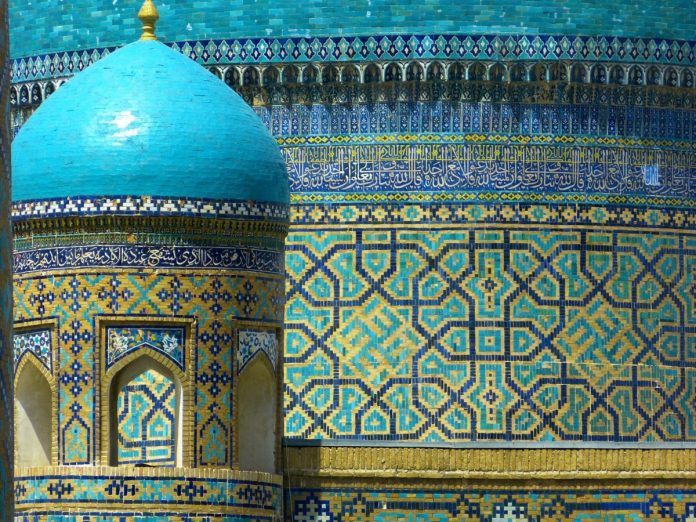Uzbekistan’s Ministry of Energy has raised its solar generation capacity target by 1 GW and brought the deadline forward a year.
The Concept Note published by the ministry, which outlines plans for electricity supply up to 2030, outlined an ambition to secure 5 GW of solar by that date. Most of the solar project capacity is expected to come in the form of 100-500 MW facilities in the regions of Jizzakh, Samarkand, Bukhara, Kashkadarya and Surxondaryo, according to the document, with other areas set to feature 50-200 MW schemes.
Projects with a generation capacity of 300 MW or more will have storage associated with them to regulate loads, according to the government.
A series of planned tenders up to 2022 will kick off with a 1.4 GW procurement round this year which will aim to secure 600 MW of PV capacity across Jizzakh, Samarkand and Surxondaryo plus 800 MW in other locations. The tender program, which will award successful developers 25-year power purchase agreements, will be backed by international lenders including the Asian Development Bank, World Bank and European Bank for Reconstruction and Development.
The government is planning 1-20 MW solar parks to power industry and also smaller installations in remote areas including eco-tourism sites.
With power demand in Uzbekistan expected to more than double from its current 12.5 GW to 23 GW by the end of the decade, solar will be expected to contribute 5 GW of the anticipated 10.5 GW rise with wind power supplying a further 3 GW.
The nation had only 4 MW of installed solar generation capacity at the end of the year, according to International Renewable Energy Agency figures.
In October, the government introduced provisions to support rooftop PV, solar heaters and energy-efficient gas burners. A 200 MW solar project is being tendered in the southeastern region of Surxondaryo and two more 200 MW projects are planned in Samarkand and Jizzakh.






